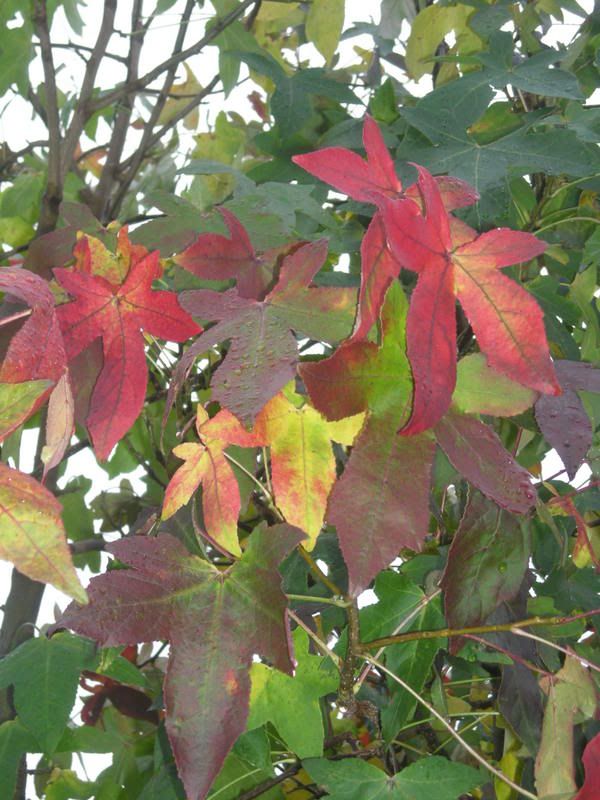|
|
Post by revmichael on Nov 28, 2007 9:36:55 GMT
My Liquidamber is still going strong although it has finally started to drop some of its leaves - especially on the side where the sun shines. I thought you'd like to see this picture I took 30 minutes ago.  |
|
|
|
Post by Fi on Nov 29, 2007 23:37:47 GMT
I love Liquidambars, especially at ths time of the year. Palaeontological evidence shows that they first grew in Scotland about 66 million years ago - one of the earliest genera of the natural flora that is still recognisable today.
|
|
|
|
Post by revmichael on Nov 30, 2007 15:56:16 GMT
I love Liquidambars, especially at ths time of the year. Palaeontological evidence shows that they first grew in Scotland about 66 million years ago - one of the earliest genera of the natural flora that is still recognisable today. That's interesting Fi. What kind of palaeontonlogical evidence is it that shows 'that they first grew in Scotland about 66 million years ago?' |
|
|
|
Post by Fi on Dec 4, 2007 12:25:51 GMT
I love Liquidambars, especially at ths time of the year. Palaeontological evidence shows that they first grew in Scotland about 66 million years ago - one of the earliest genera of the natural flora that is still recognisable today. That's interesting Fi. What kind of palaeontonlogical evidence is it that shows 'that they first grew in Scotland about 66 million years ago?' |
|
|
|
Post by meltemi on Dec 4, 2007 13:22:25 GMT
In flower today primroses, snow drops, cyclamen, french marigolds & lobellia...
|
|